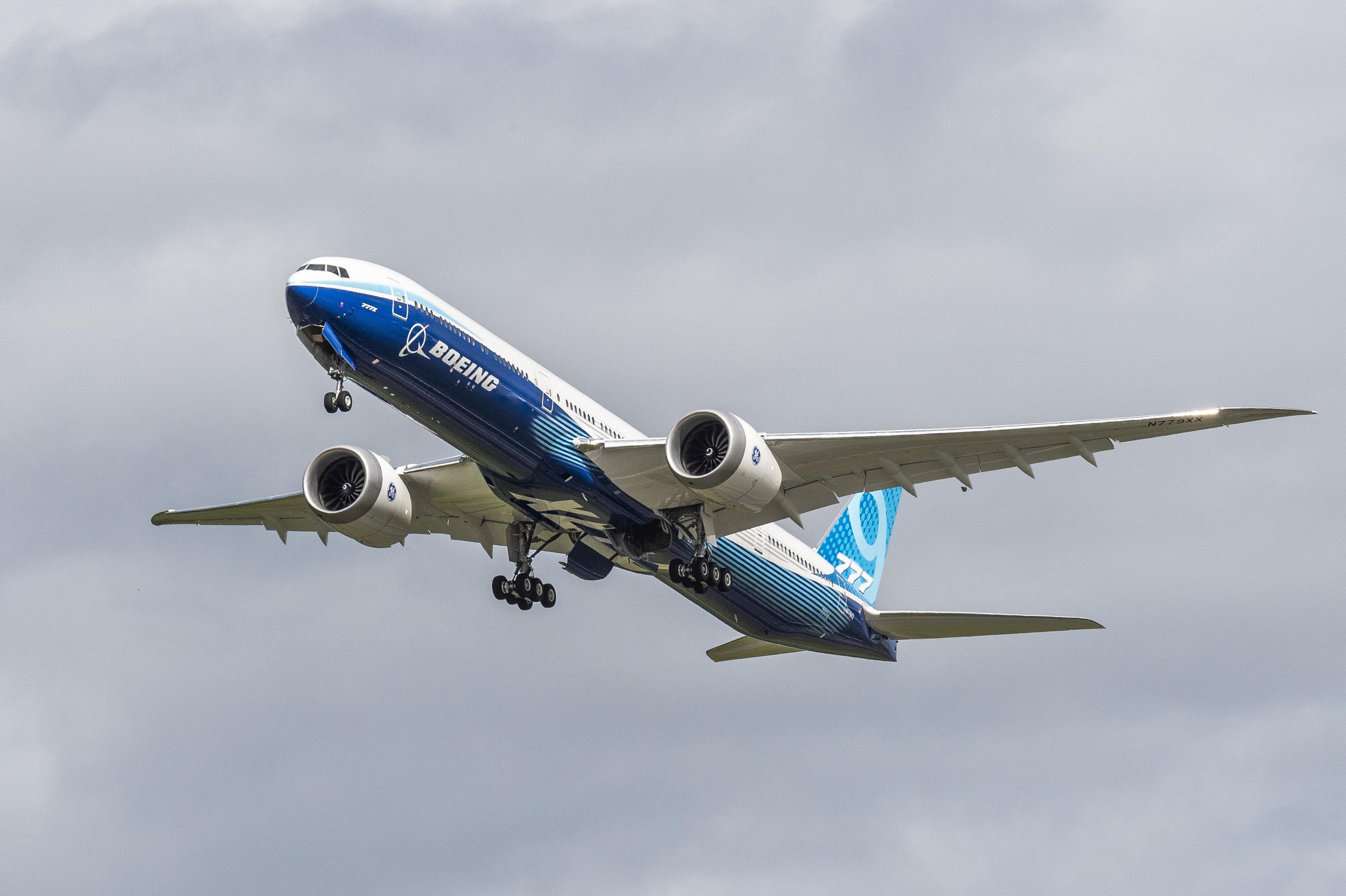Boeing Drops 10-Year Global Delivery Forecast 11%, Citing Pandemic

Boeing’s updated commercial forecast sees customers taking 11% fewer new deliveries in the next decade than it projected a year ago as the industry slowly emerges from the demand crisis created by the COVID-19 pandemic.
The figures, released as part of Boeing’s annual 20-year commercial aviation outlook, paint a difficult picture for the airline industry, which the aircraft manufacturer believes will not recover to pre-pandemic traffic levels until at least 2023. Boeing also predicts it may take as long as five years for the airlines to resume the industry’s long-term growth trajectory of 4-5% annual growth, established since the 1980s.
The year-over-year drop in global revenue passenger kilometers—current figures have them down about 75%—and little hope of a fast recovery will invoke significant systematic changes in the make-up of the world fleet, according to Boeing VP of commercial marketing Darren Hulst.
“I don’t think anybody has given a commercial market outlook briefing when passenger flights are hovering right around 50% of normal, which is where we are today as an industry, and about 25% of normal passenger travel,” Hulst said. “So the industry clearly has been dramatically impacted and remains dramatically impacted by the pandemic worldwide.”
Outlining a two-phase recovery scenario during a briefing on the company’s latest commercial market outlook—and first since the pandemic started—Hulst said the near-term ramifications include the early retirement of older aircraft. Although more than 70% of the active fleet has returned from temporary storage, many others will never come back. The result is 56% of the 18,350 aircraft Boeing now forecasts to be delivered by 2029 will be replacement aircraft, which is 12% more than Boeing’s 2019 forecast projected.
The effect is also expected to continue into the second decade of the forecast, with a slightly lower emphasis on replacement as airlines regroup and growth resumes as before. The forecast predicts 48% of the total 43,100 new aircraft to be delivered by 2039 will be replacements.
Boeing’s forecast paints a changing global fleet mix, with a greater focus on single-aisle market growth than before the pandemic and a shift away from the trend towards narrowbody upscaling that dominated much of the 2010s. Overall, Boeing forecasts that 32,270 single aisle aircraft will be delivered over the next 20 years, including 13,570 through 2029.
Boeing’s overall forecast of 48,400 aircraft in the global fleet by 2039 is 2,260 fewer than last year’s 20-year market prediction. Much of the decline is from the widebody sector, which is now forecast to account for 7,480 deliveries against last year’s estimate of 8,340.
The freighter forecast is also lowered to a net gain of 930 new-production freighters, versus more than 1,000 in the 2019 forecast. Boeing also sees another 1,500 converted freighters joining the fleet.
The only growth sector in the forecast is the regional market, which Boeing now believes will see deliveries of around 2,430 aircraft over the next two decades, versus 2,240 in last year’s forecast. Boeing’s definition of regional aircraft is anything below 90 seats.
Boeing’s latest forecast assumes an average passenger-traffic growth rate of 4% annually. This should be higher in 2021, as 2020’s historic decline presents an easy year-earlier figure to beat. But if a COVID-19 vaccine is not developed and widely distributed in the next year or so, growth could stagnate as traveler confidence would remain low—but that would be temporary, Boeing believes. Post-pandemic, a return to the previous pace of growth is envisioned, similar to the aftermath of recent inter-regional slumps, including 9/11 and the Great Recession of 2007-2009.
“Commercial aviation is facing historic challenges this year,” Hulst said. “Yet history has also proven air travel to be resilient time and again. The current disruption will inform airline fleet strategies long into the future, as airlines focus on building versatile fleets, networks and business model innovations that deliver the most capability and greatest efficiency at the lowest risk for sustainable growth.”
Boeing’s forecast focuses on the link between traffic demand and deliveries within general aircraft categories. Because the public data Boeing releases does not get into model-by-model breakdowns, Hulst offered little color on most Boeing-specific topics, such as the company’s outlook on delivery timing of the 470 737 MAXs it has in storage or the grounded model’s general demand outlook once it returns to service.
Hulst offered an upbeat assessment of the 777X, however. While acknowledging the pandemic will hurt widebody demand in general for years, the rapid retirement of the largest models, notably Airbus A380s and Boeing 747s, will leave a gap at the top end of the market once traffic begins to return. Mix in projected scheduled retirements of 777-300ERs later this decade—the highly successful model entered service in 1998—and the newest 777s should be on solid ground.
“I don’t see a meaningful change in demand for the 777X in the long term,” Hulst said.



